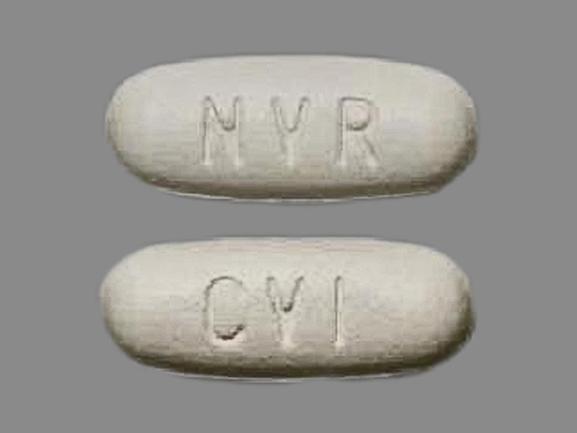Generic Tekturna HCT Availability
Last updated on Aug 6, 2025.
Tekturna HCT is a brand name of aliskiren/hydrochlorothiazide, approved by the FDA in the following formulation(s):
TEKTURNA HCT (aliskiren hemifumarate; hydrochlorothiazide - tablet;oral)
-
Manufacturer: NODEN PHARMA
Approval date: January 18, 2008
Strength(s): EQ 150MG BASE;12.5MG (discontinued) [RLD], EQ 150MG BASE;25MG (discontinued) [RLD], EQ 300MG BASE;12.5MG (discontinued) [RLD], EQ 300MG BASE;25MG (discontinued) [RLD]
All of the above formulations have been discontinued.
Note: Fraudulent online pharmacies may attempt to sell an illegal generic version of Tekturna HCT. These medications may be counterfeit and potentially unsafe. If you purchase medications online, be sure you are buying from a reputable and valid online pharmacy. Ask your health care provider for advice if you are unsure about the online purchase of any medication.
See also: Generic Drug FAQ.
Related patents
Patents are granted by the U.S. Patent and Trademark Office at any time during a drug's development and may include a wide range of claims.
-
Galenical formulations of organic compounds
Patent 8,618,172
Issued: December 31, 2013
Inventor(s): Willmann Matthias
Assignee(s): Novartis AGThe present invention relates to a solid oral dosage form comprising a therapeutically effective amount of aliskiren or a pharmaceutically acceptable salt thereof, a therapeutically effective amount of HCTZ and a hydrophilic filler selected from the group a carbohydrate or combinations thereof, e.g. sugars, sugar alcohols and starches or combinations of these.
Patent expiration dates:
- July 13, 2028✓
- July 13, 2028
More about Tekturna HCT (aliskiren / hydrochlorothiazide)
- Tekturna HCT consumer information
- Check interactions
- Compare alternatives
- Reviews (4)
- Drug images
- Side effects
- Dosage information
- During pregnancy
- FDA approval history
- Drug class: miscellaneous antihypertensive combinations
- En español
Related treatment guides
Related/similar drugs
Glossary
| Term | Definition |
|---|---|
| Drug Patent | A drug patent is assigned by the U.S. Patent and Trademark Office and assigns exclusive legal right to the patent holder to protect the proprietary chemical formulation. The patent assigns exclusive legal right to the inventor or patent holder, and may include entities such as the drug brand name, trademark, product dosage form, ingredient formulation, or manufacturing process A patent usually expires 20 years from the date of filing, but can be variable based on many factors, including development of new formulations of the original chemical, and patent infringement litigation. |
| Drug Exclusivity | Exclusivity is the sole marketing rights granted by the FDA to a manufacturer upon the approval of a drug and may run simultaneously with a patent. Exclusivity periods can run from 180 days to seven years depending upon the circumstance of the exclusivity grant. |
| RLD | A Reference Listed Drug (RLD) is an approved drug product to which new generic versions are compared to show that they are bioequivalent. A drug company seeking approval to market a generic equivalent must refer to the Reference Listed Drug in its Abbreviated New Drug Application (ANDA). By designating a single reference listed drug as the standard to which all generic versions must be shown to be bioequivalent, FDA hopes to avoid possible significant variations among generic drugs and their brand name counterpart. |
Further information
Always consult your healthcare provider to ensure the information displayed on this page applies to your personal circumstances.

